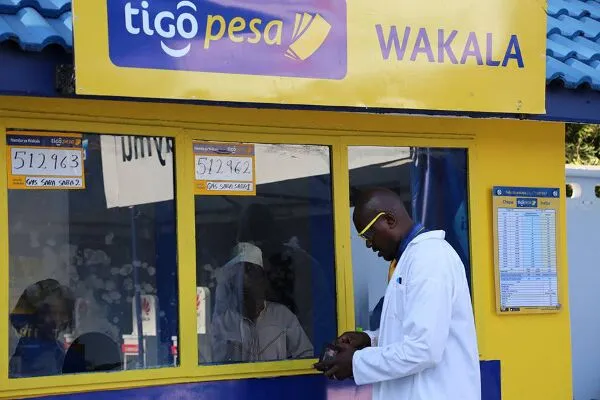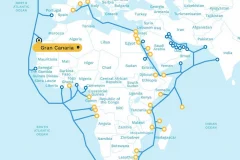Governments across sub-Saharan Africa are implementing stiff and high taxes for mobile money services. In Tanzania and even Kenya, these taxes are reversing the gains made in the past in financial services.
Tanzanians are using mobile services less often than two years ago when the government introduced new taxes on mobile money transactions. In July 2021, Tanzania introduced a levy ranging from TZS10 ($0.004) to TZS10,000 ($4) on mobile money transactions to fund development projects. This levy was in addition to an already existing 18% value-added tax and a 10% excise duty on mobile money transfer and withdrawal fees. After pushback from the public, the government reduced the levy by 30% in September 2021, and a further 43% reduction, ranging from TZS10 to TZS4,000 (US$1.6), was implemented in July 2022.
Read also: IROKOtv denies shutting down, says it is doubling down on dollar-paying users
Despite these reductions, mobile money revenues dropped from TZS 736 billion ($295.1 million) to 6.154 billion or $2.5 million between June and August, stabilising around TZS 6.555 billion ($2.6 million) in September 2021. This price sensitivity in mobile money usage patterns was discussed during the staging of the Mobile World Congress (MWC) 2023 event, which concluded this week in Kigali, Rwanda.
Mobile money is not affordable in Tanzania
As of 2023, 72% of Tanzanians use mobile money services, up from 60% in 2017, while 22% of the population uses commercial banks. Amidst this, the Tanzanian government recognised mobile money as a driver of financial inclusion, contributing to economic growth and social development, especially among women and rural populations.
However, the number of person-to-person (P2P) and cash-out transactions dropped by 38% and 25%, respectively, from June to September 2021. The tax’s impact is estimated to be equivalent to a 30% reduction in P2P and 60% in cash-out transactions in March 2023 if it had not been introduced.
Lower-value P2P transactions have, to a small extent, recovered to levels above those before the tax, while mid and higher-value transactions are still 31% and 58% lower, respectively. This indicates users’ appreciation for lower transaction costs.
Per the GSMA report, “The reduction in affordability of MM therefore threatens to reverse the commendable financial inclusion gains as Tanzanians revert to cash, particularly amongst the vulnerable and the poorest segments of the population.”
These issues are, however, not limited to Tanzania. Kenya’s tax authority, KRA, has raised concerns over a rising trend among business owners who have discontinued their mobile merchant payment accounts to cash transactions following increased compliance checks by the tax authority. KRA observed that businesses, previously using Lipa Na M-PESA Buy Goods Till numbers for payments, are now requesting cash payments. This shift comes after KRA deployed revenue service assistants to boost tax compliance efforts, which also included facilitating online business registrations.
Mobile money services serve millions of Africans, and over the last ten years, mobile money in Sub-Saharan Africa grew, with 548 million registered accounts and 160 million active users in 2020, an 18% annual increase. These services facilitated 27.4 billion transactions with a total value of $490 billion. Unlike cash transactions, which are often hard to trace or register, mobile money improves transaction transparency. It offers a convenient method for tax payment and collection, improving collection efficiency and government revenue.
“Cash transactions are often unregistered which allows for the development of a shadow economy and the evasion of tax payments,” GSMA said in a report.





















